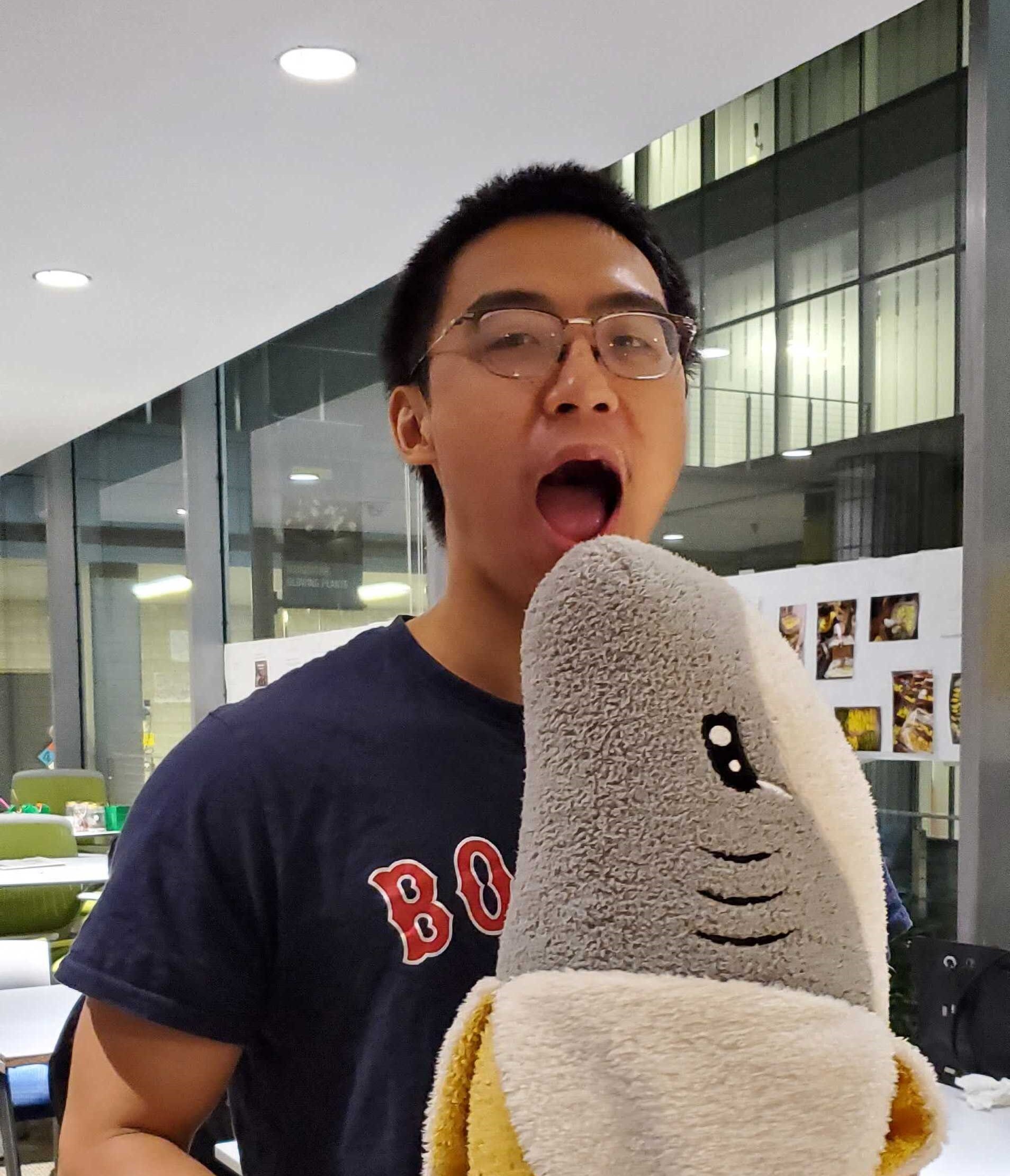
Yuxiang Ma
I am a Phd student at Mechanical Engineering, MIT, advised by Professor Edward Adelson. My research interest lies in tactile sensing, robotic manipulation and simulation.
I received my bachelor's degree from Department of Engineering Mechanics, Tsinghua University. I also spent half a year as an undergraduate researcher in Xu Group at UC San Diego, where I worked on ultrasound imaging with wearable ultrasound patches.
I have both hardware and software experience in robotics. Currently, I am interested in making robot manipulate objects dynamically. With better perception, hardware design, and control, we can expand robotic manipulation skills so that robots can be applied in more scenarios.
In my spare time, I enjoy bodybuilding/weightlifting and playing basketball.
Email / Google Scholar / LinkedIn / GitHub
Research
Transferable Tactile Transformers for Representation Learning Across Diverse Sensors and Tasks
Alan Zhao, Yuxiang Ma, Edward Adelson. [project website][code][arxiv]

GelLink has three phalanges and two DOFs, actuated by only one motor and visualized by only one camera. By designing a compact mechanism and a mirror-based tactile sensing system, we achieved a versatile multi-phalanx design with embedded tactile sensing. By employing computer vision algorithms, we realized continous tactile sensing and accurate proprioception.
GelLink: A Compact Multi-phalanx Finger with Vision-based Tactile Sensing and Proprioception
Yuxiang Ma, Alan Zhao, Edward Adelson. [arxiv][video]
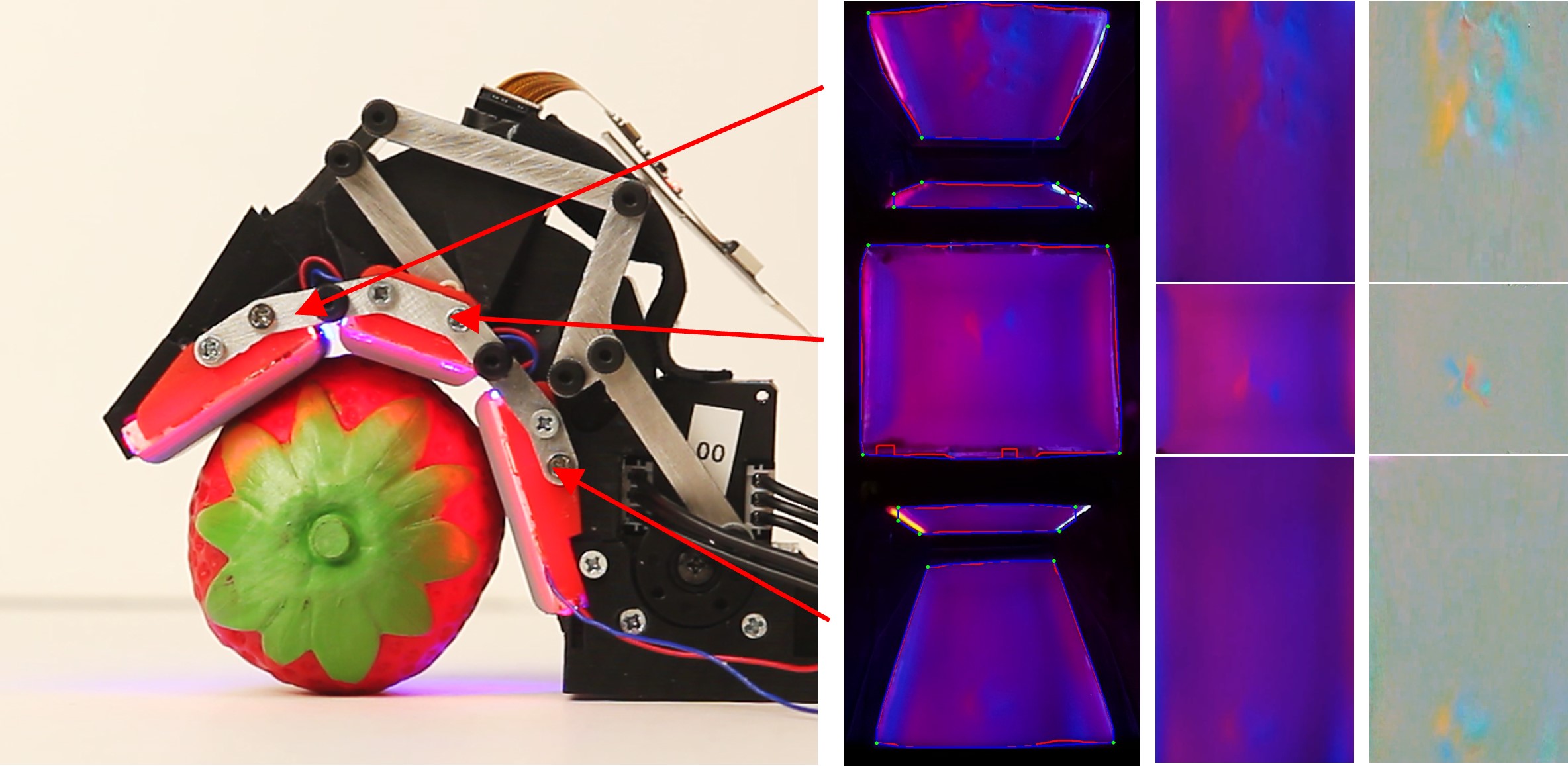
GelLink has three phalanges and two DOFs, actuated by only one motor and visualized by only one camera. By designing a compact mechanism and a mirror-based tactile sensing system, we achieved a versatile multi-phalanx design with embedded tactile sensing. By employing computer vision algorithms, we realized continous tactile sensing and accurate proprioception.
Scalable, Simulation-Guided Compliant Tactile Finger Design
Yuxiang Ma*, Arpit Agarwal*, Sandra Liu*, Wenzhen Yuan, Edward Adelson. [arxiv][video]
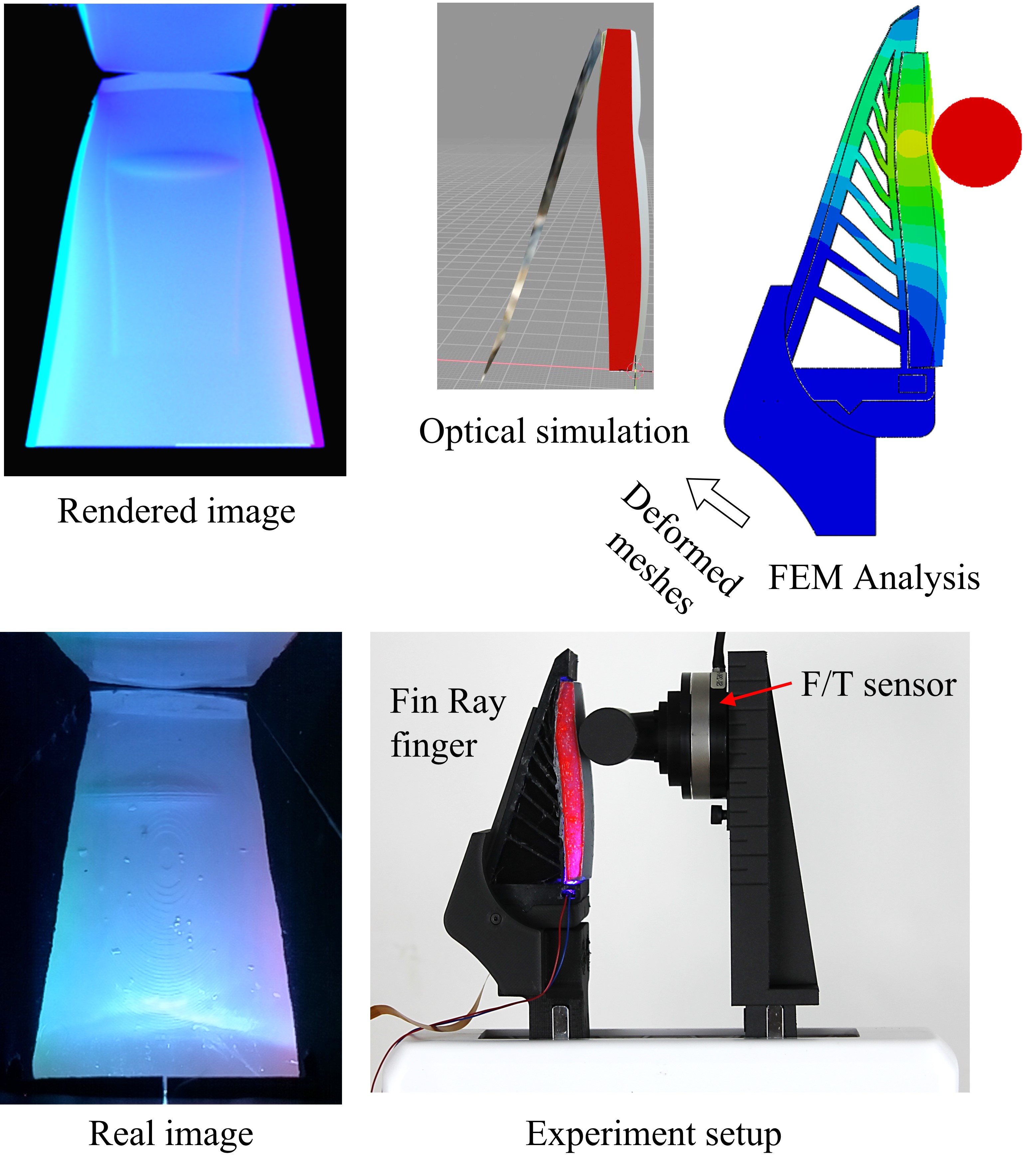
We propose a simulation framework that involves both mecahnical simulation using the finite element method (FEM) and optical simulation using the physically based rendering (PBR) for the end-to-end forward design of GelSight Fin Ray sensors. This infrastructure enables faster design and prototype time frames of new Fin Ray sensors that have various sensing areas to grasp different objects.
GelSight Baby Fin Ray: A Compact, Compliant, Flexible Finger with High-Resolution Tactile Sensing
Sandra Liu, Yuxiang Ma, Edward Adelson. [arxiv][video]
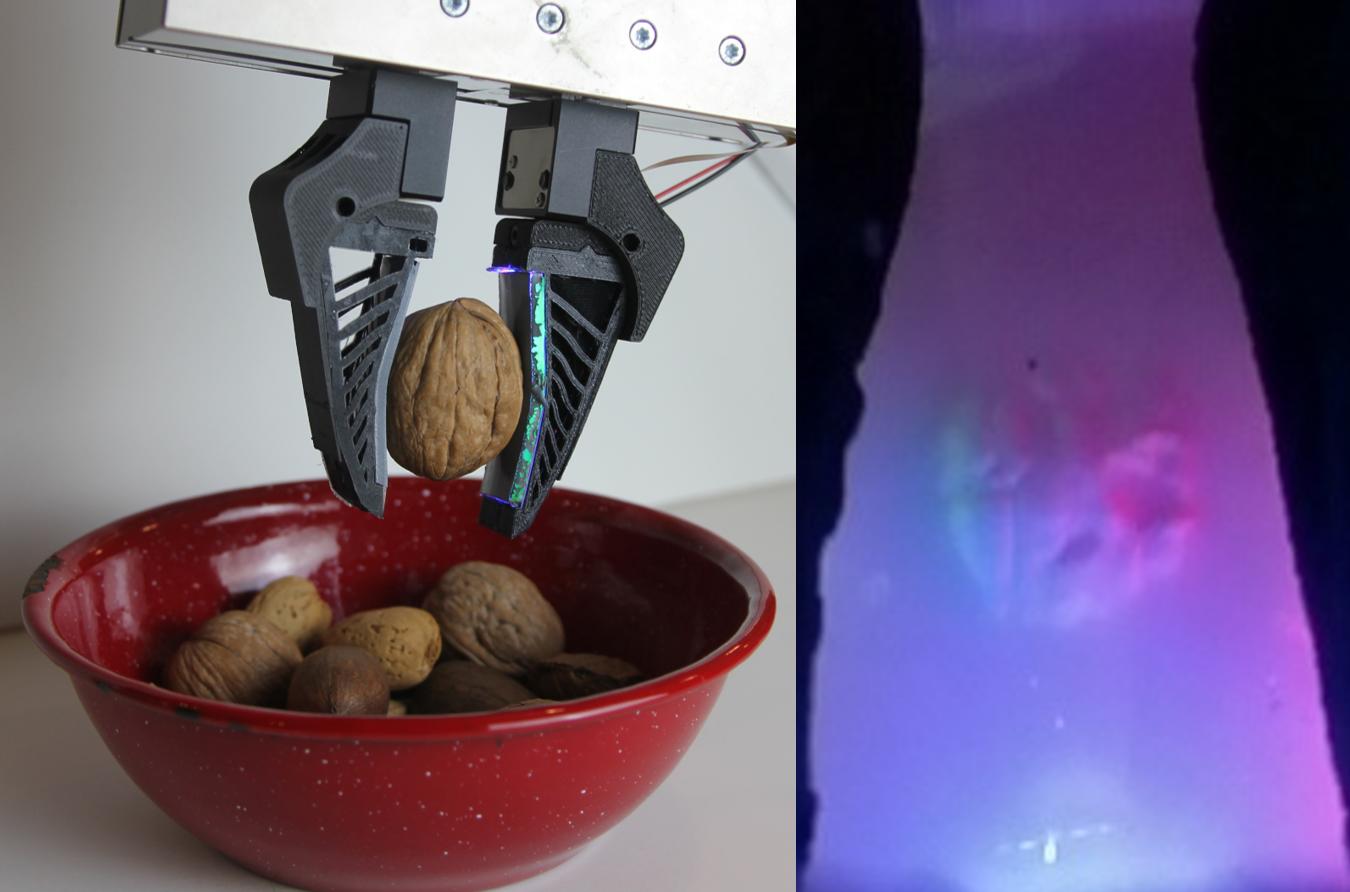
We incorporate flexible mirrors and high-elongation silicone fluorescent paints into the Gelsight Baby Fin Ray, which we use to dig through clutter and perform successful classification of in-shell nuts. Our most recent work allows rapid prototyping of Gelsight Fin Ray fingers. Guided by mechanical and optical simulation, we can adjust the size and stiffness of the Fin Ray structure and achieve optimal tactile illumination.
Stretchable ultrasonic arrays for the three-dimensional mapping of the modulus of deep tissue
Hongjie Hu, Yuxiang Ma, Xiaoxiang Gao, Dawei Song, Mohan Li, Hao Huang, … Sheng Xu. [paper]
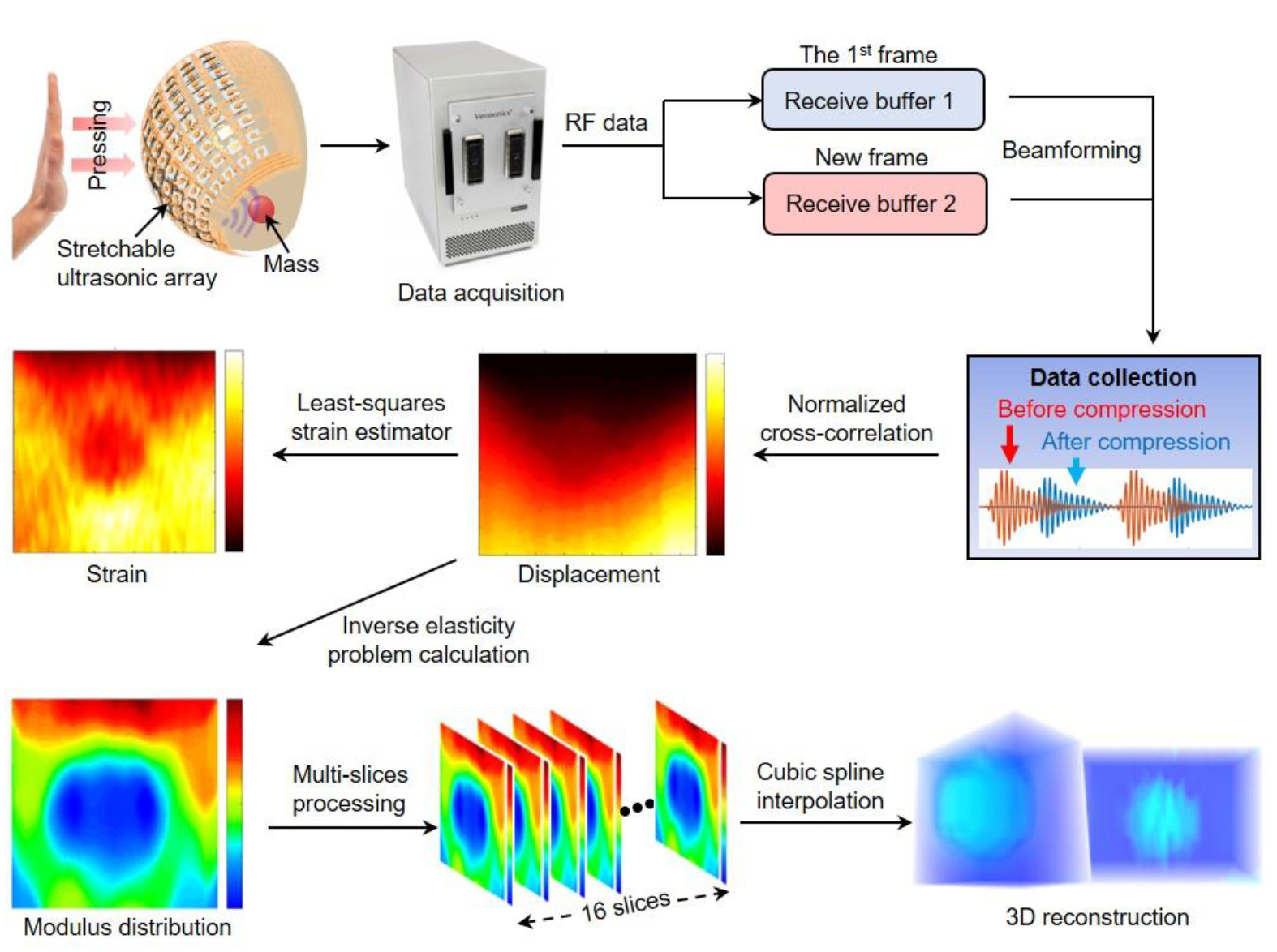
We developed a stretchable ultrasonic array for performing serial non-invasive elastographic measurements of tissues up to 4 cm beneath the skin at a spatial resolution of 0.5 mm. My main contributions were developing the post-processing algorithm for elastography, optimizing the probe design by simulation and experiment, and conducted demontrative experiments.
A wearable cardiac ultrasound imager
Hongjie Hu, Hao Huang, Mohan Li, Xiaoxiang Gao, Lu Yin, Ruixiang Qi, Ray S. Wu, Xiangjun Chen, Yuxiang Ma, … Sheng Xu. [paper]
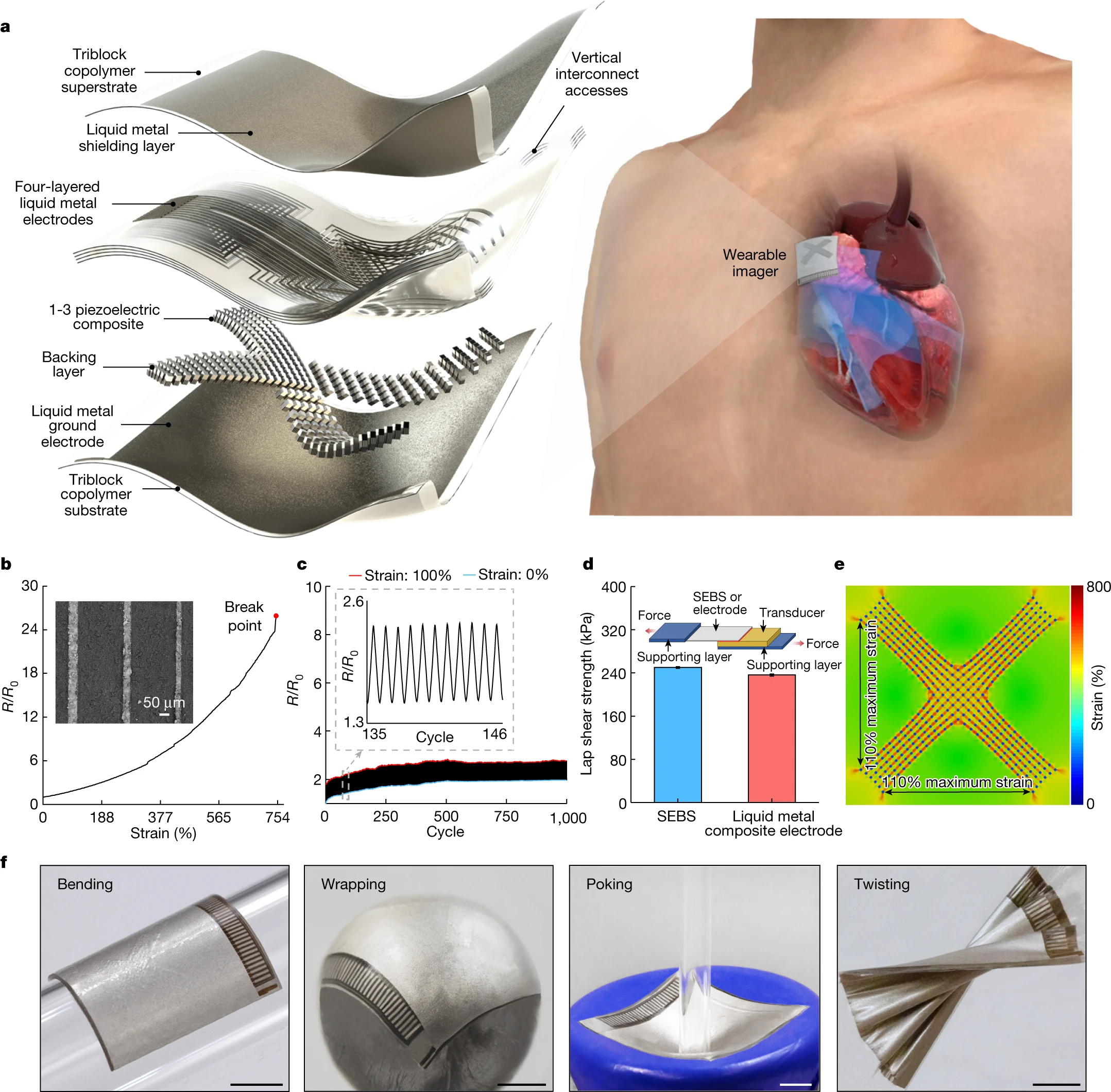
We developed a wearable ultrasonic device for continuous, real-time and direct cardiac function assessment. We also developed a deep learning model that automatically extracts the left ventricular volume from the continuous image recording, yielding waveforms of key cardiac performance indices such as stroke volume, cardiac output and ejection fraction. This technology enables dynamic wearable monitoring of cardiac performance with substantially improved accuracy in various environments.
The effect of arterial stiffness on the accuracy of cuff-based blood pressure measurement
Yuxiang Ma, Ying Chen, Yinji Ma, Xue Feng. [paper]

We Proposed a theoretical model to study the impact of arterial wall on non-invasive blood pressure measurement, which was in accordance with our FEM simulation and experimental results from liturature. The paper revealed that the blood pressure of arteriosclerostic patients cound be overestimated, which may help to improve the accuracy of cuff-based blood pressure measurement in future.
Music Factory: A harp robot and Human-machine Interaction
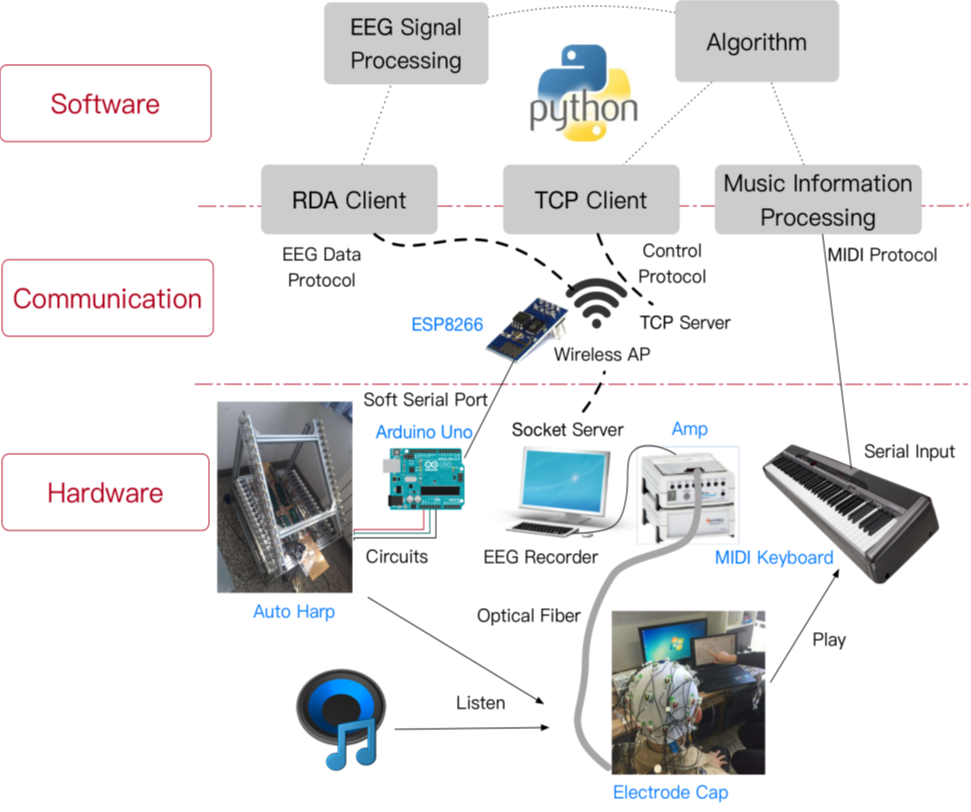
This project was supervised by Prof. Gangtie Zheng at Tsinghua University and the main cooperators are Yupu Lu, Yijie Wu and Shijie Zhu. Based on a 32-channel automatic harp, we designed a layered modular framework integrating both hardware and software for implementing real-time control protocol and machine learning algorithms, which may bring more expressiveness for human-machine collaborative music performances.